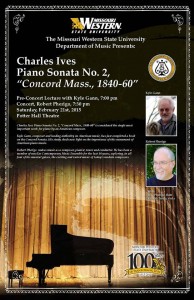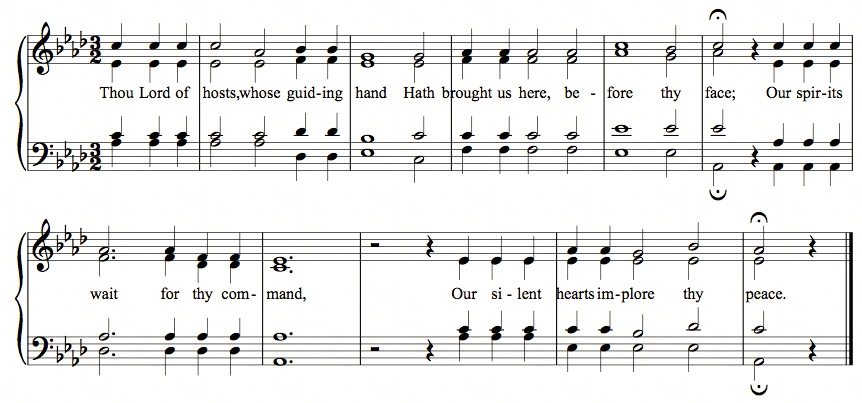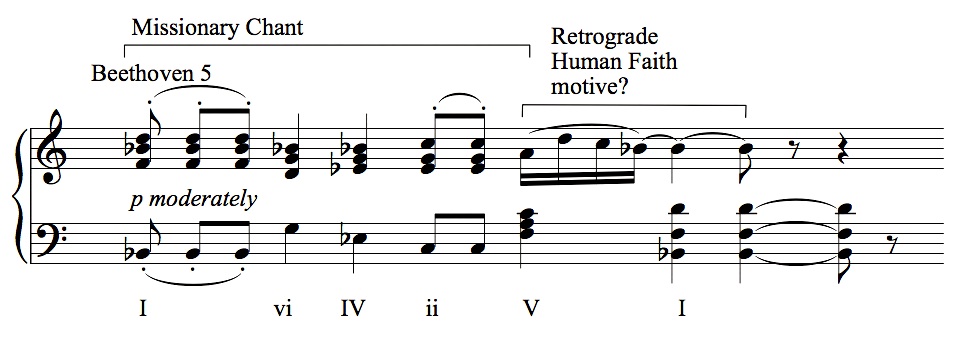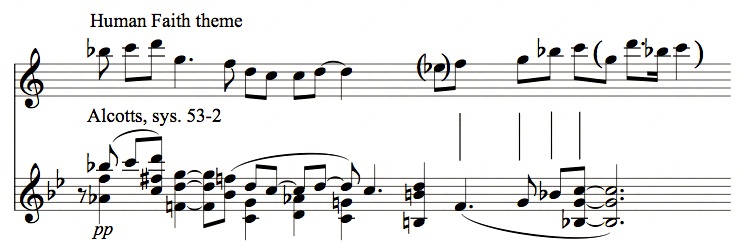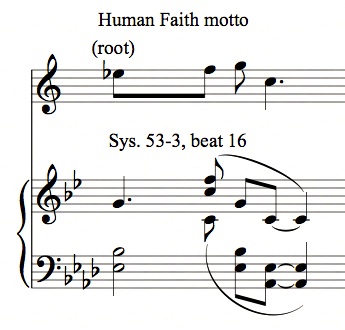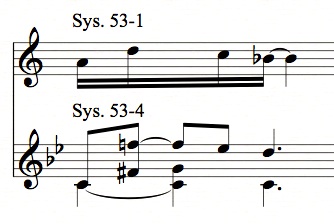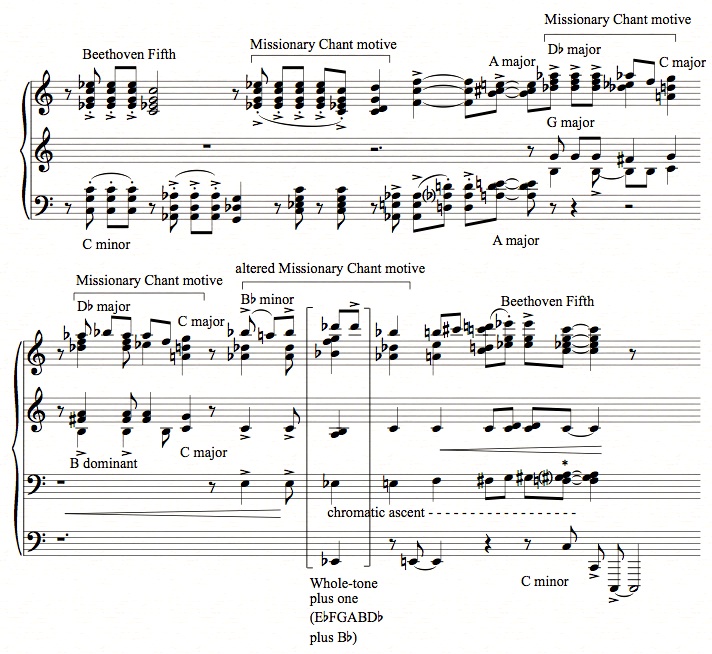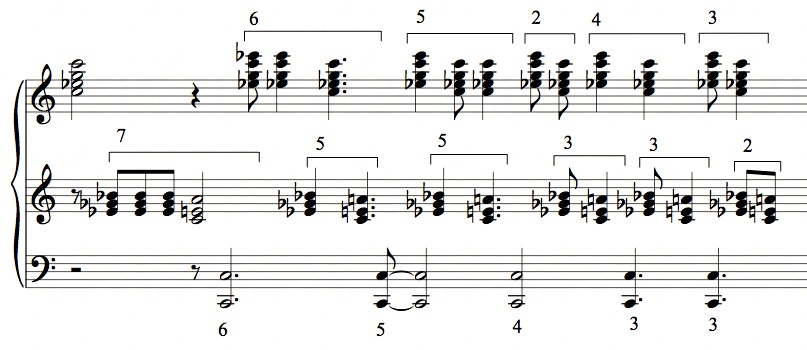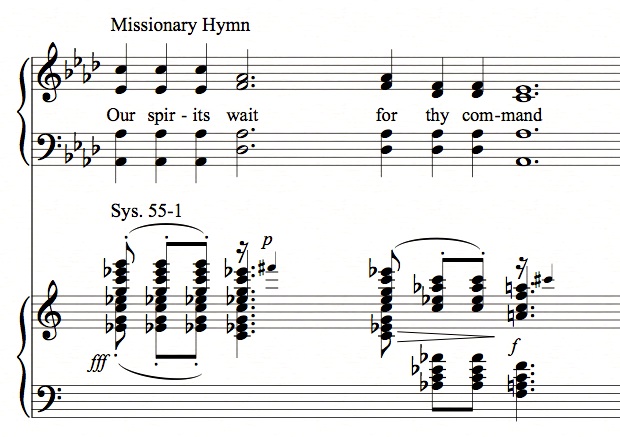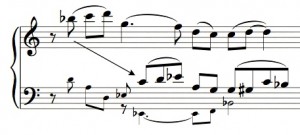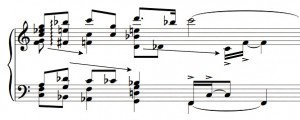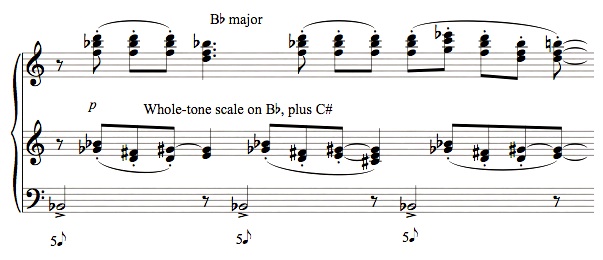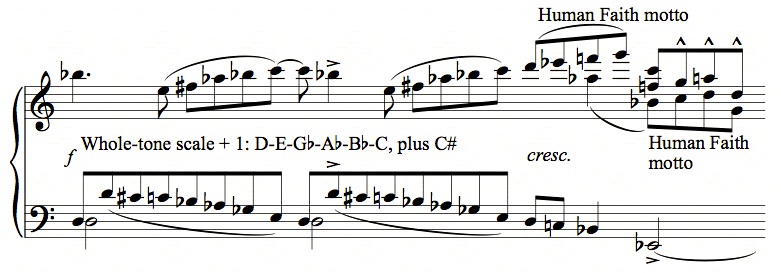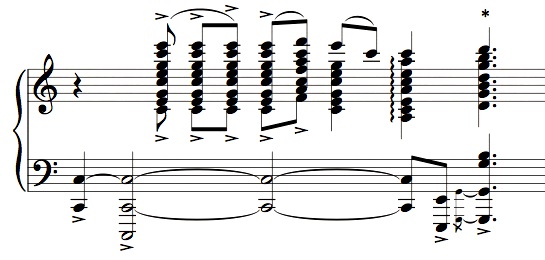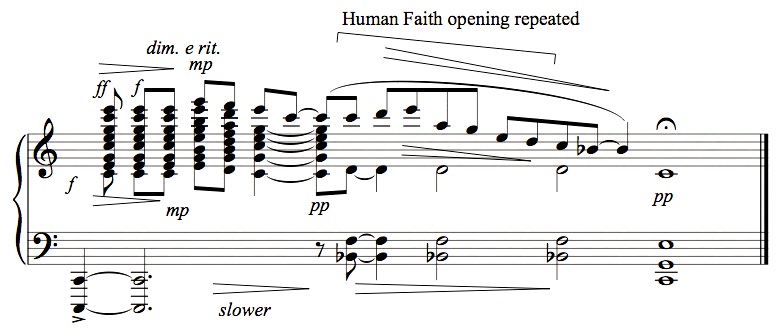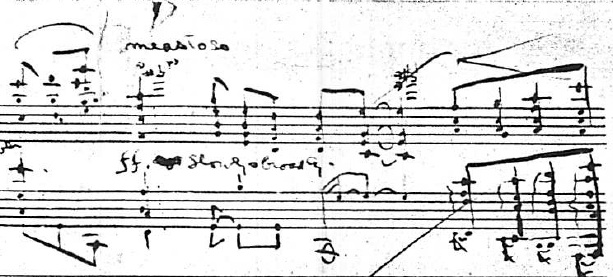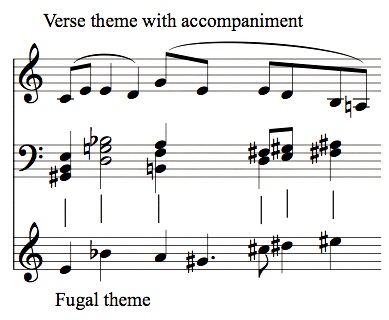Students are inscrutable. I’ve taken over first-year theory again this semester, as a favor to a younger colleague. So far I’ve brought in, as examples for musical analysis, “Take Me Out to the Ball Game”; Tom Lehrer’s “Bright College Days”; two ragtimes by Scott Joplin; two barbershop quartet songs, “I’m Forever Blowing Bubbles” and “Lida Rose” from The Music Man; “Yesterday” by the Beatles (unrecognized by half my class); and the Beach Boys’ “God Only Knows.” The other day a songwriting guitarist kid came to drop the class. His reason: “I’m not sure this classical theory track is the right one for me.”
I’ll contextualize. I don’t teach modulation until March, and nearly all classical music modulates, while in ragtime and barbershop I can get a dense wealth of varied harmonic functions without having to worry about changing key. Plus, classical music is so varied in its techniques that I used to spend a lot of time cherry-picking my examples to find pieces with which to teach a certain principle. Contrariwise, if I want to teach common-tone diminished sevenths, almost any ragtime will do; if I want secondary dominants around the circle of fifths, any barbershop quartet will do. If I need further examples, I just turn to the next page. When I teach pivot-chord modulation I’ll turn to Schubert and Schumann, though even there, mid-century Broadway tunes offer wonderful modulation paradigms within a three-page song, and West Side Story gives me both those and a lot of imaginative uses of the French sixth chord. Besides, the complexities of these chords from “Lida Rose” already had the students pretty distraught:
Brahms would have been easier. I don’t mind letting it viscerally sink in that they would need to develop a stricter range of technical skills to pursue a career in Broadway music or film scoring than to hang out a shingle as some anarchic avant-garde composer. They need some respect for the amount of expertise even a supposedly “fun” musical career will demand of them.
I’m a classical music nerd, and when I was a young snob I probably bought into some foolishness about the inviolable line between high and low art. But I studied aesthetics in college, I worked as a music critic, I’ve analyzed a ton of music, and I never tripped over that line; nothing ever went “click” when I crossed it. It is, at the very least, pedagogically irrelevant. I’ll take my chords wherever I can find them rich and juicy and in vast quantities. (And still the students think I’m some highbrow classical martinet.)
UPDATE: Further evidence: I have a smart young woman doing a senior project on rap. I’ve never heard any of the names she mentions. In a meeting she went on and on about how the industry makes a few rappers famous and they’re disgusting and misogynist, while the really great rappers are people you’ve never heard of, and they have too much integrity to to the things that would get themselves commercially exploited, and they speak truth to power. My eyes grew wider with wonder, and when she paused I exclaimed, “It’s just like the composing business!”
UPDATE 2: From Wikipedia’s Barbershop Harmony entry: “BHS arrangers believe that a song should contain dominant seventh chords anywhere from 35 to 60 percent of the time (measured as a percentage of the duration of the song rather than a percentage of the chords present) to sound ‘barbershop’.”
It also brings to mind one of my favorite Marx Brothers jokes, which comes at the beginning of Monkey Business before the Marx brothers even appear:
Sailor: Captain, we’ve got four stowaways on board, but we can’t find them.
Captain: If you can’t find them, how do you know there are four?
Sailor: They were singing “Sweet Adeline.”


